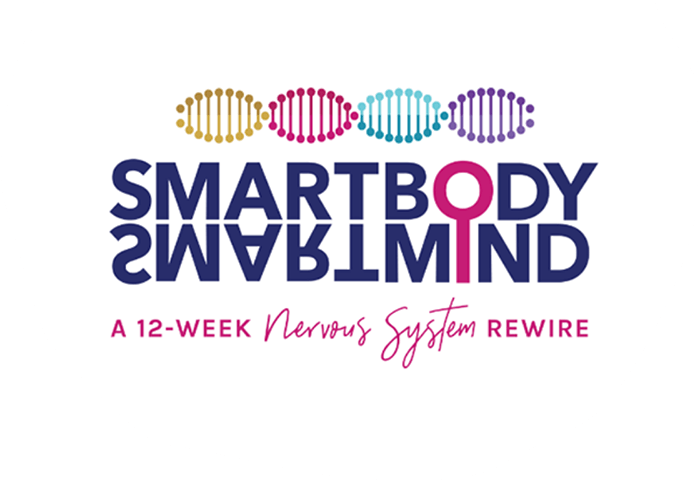1 – SBSM’s neurosensory exercises are geared towards working at the stress organ level. For example, you learn how to work with the kidneys and adrenal glands, as well as the gut and brainstem interface, two essential areas for restoring safety and regulation to the nervous system (especially when early and developmental trauma is present).
There are also more advanced Feldenkraisian ‘awareness through movement’ lessons that work directly with improving skeletal movement patterns, enhancing the quality and capacity of breath, and tonifying the global nervous systems.
There are a total of 36 neurosensory exercises in SBSM (compared to 9 in the ‘21-days’).
2 – Live Training (lecture) Calls with Irene provide added psychoeducation that go beyond what’s taught in the Biology of Stress Video Training. Anger and healthy aggression, the differences when working with shock trauma and developmental trauma, and what it takes to heal toxic shame (hint: it’s working with the emotion of disgust!), are just some of the key topics taught.
3 – Curated Q&A calls with Seth Lyon, Irene’s husband and colleague, will give all members an opportunity to dive deeper into their understanding of the autonomic nervous system, somatic healing, and the varied levels of integration that exist when we really focus on capacity building and building safety and regulation.
Plus, you’ll still get the same kind of professional support from Irene’s team of nervous system experts that is available in the 21 Day Nervous System Tune-Up (but from the full team of eleven rather than just the two who moderate the Tune-Up), and lifetime membership for as long as the program runs, which means all future rounds of SBSM will be free for you, including all additions and improvements.
